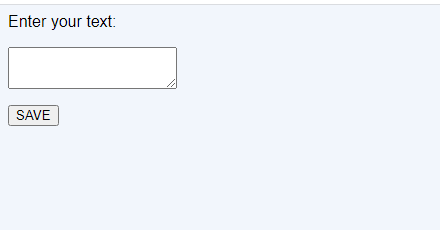
You can even include custom training data that will make your program work better in certain situations.

Because the library is compatible with both Node.js and a browser, it has a plethora of additional features. Because the tesseract.js library is so simple to use, we can get a ready-to-use OCR implementation that is both efficient and accurate. As part of this process, we will use the paragraphs property to display extracted text to the user inside the elements, as well as the words property to create black-bordered boxes and place them on the second image. The progress indicator tells us how far we have progressed in the process, whereas the status indicator simply tells us what we are seeing. We are provided with three parameters inside the.recognition() handler: progress, status, and status. Adding a handler to the.progress() method enables us to update the element’s status. The confidence value (from 0 to 100) indicates how certain tesseract is of the results of any text it recognizes. Listen for the change event type=”input type=”file” /> and we can select the image that corresponds to the user’s input.

I’d recommend the tesseract.js JavaScript library, which not only works in Node but also in a browser – no server needed! The repository is available by clicking the link below. Our understanding of optical character recognition (OCR) is based on the study of how images are read, which includes pattern recognition and artificial intelligence.

We’ll use the OCR ( Optical Character Recognition) tool from the Google Cloud Vision API to extract text from images. This can be useful if you want to extract text from an image or scanned document.
#WRITE TEXT ON IMAGE JAVASCRIPT HOW TO#
In this article, we’ll show you how to read text from image using javascript.


 0 kommentar(er)
0 kommentar(er)
